These famous voyages started with hope and ended in mystery.
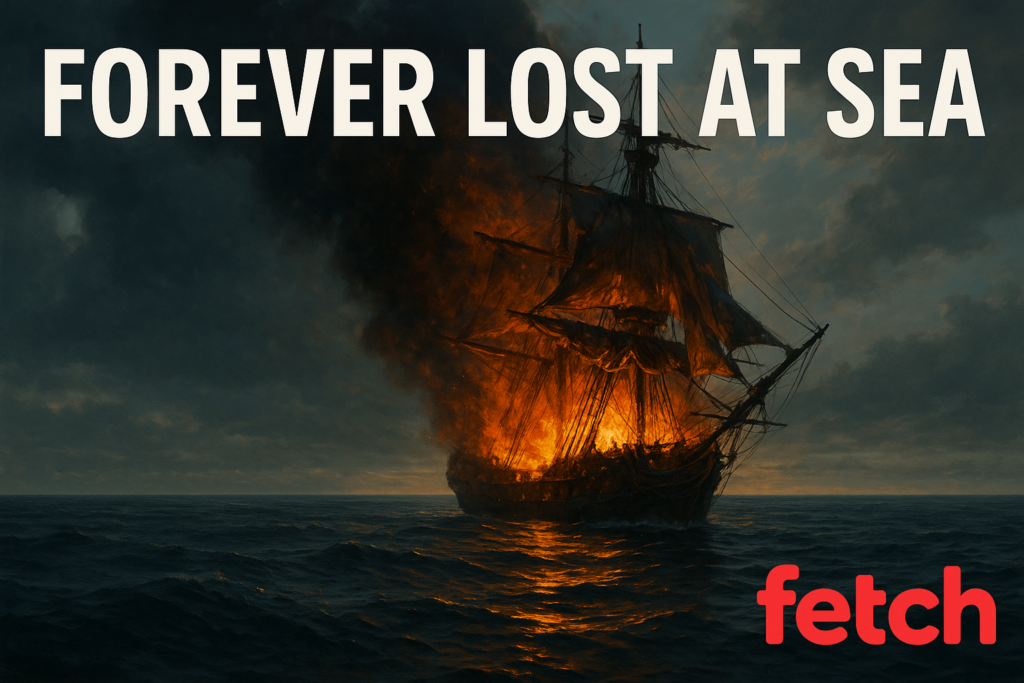
The sea has always been a realm of adventure and peril. Throughout history, numerous voyages have ended in tragedy, leaving behind tales of heroism, misfortune, and lessons learned. Here are 14 legendary sea voyages that met disastrous ends, reminding us of the ocean’s unforgiving nature.
1. The Titanic
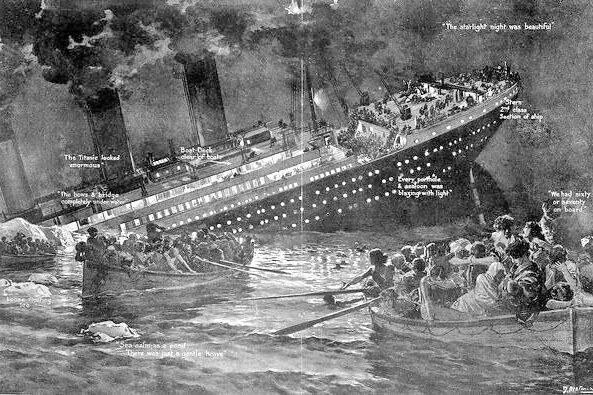
In April 1912, the RMS Titanic, deemed “unsinkable,” struck an iceberg on its maiden voyage from Southampton to New York. Over 1,500 lives were lost in one of history’s most infamous maritime disasters. The tragedy led to significant changes in maritime safety regulations. Source: interestingengineering.com
2. The Lusitania
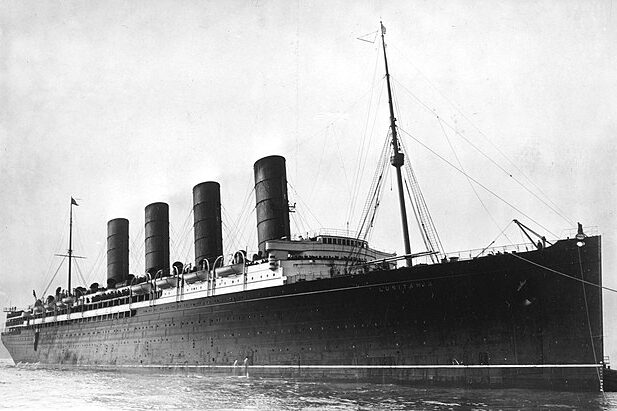
The sinking of the RMS Lusitania, torpedoed by a German U-boat in 1915 was a pivotal event in World War I. It resulted in the deaths of over 1,198 passengers and crew, including 128 Americans, sparking outrage in the United States. This incident fueled anti-German sentiment and significantly influenced the American public’s and government’s opinion on the war, contributing to the eventual US declaration of war. Source: slideshare.net
3. The Wilhelm Gustloff
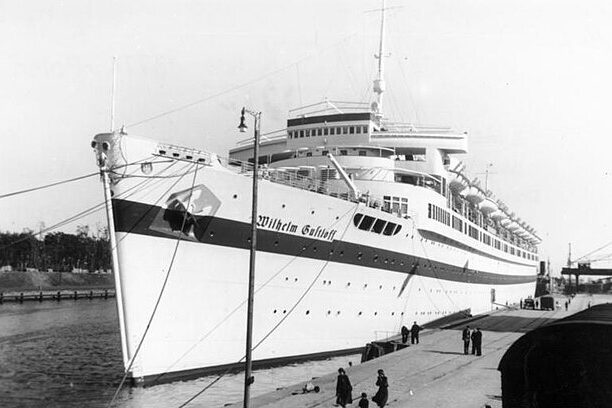
In January 1945, the MV Wilhelm Gustloff, carrying over 10,000 refugees as part of Operation Hannibal, was attacked by a Soviet submarine in the Baltic Sea. Approximately 9,000 people perished, making it the deadliest maritime disaster in history. Source: en.wikipedia.org
4. The Doña Paz
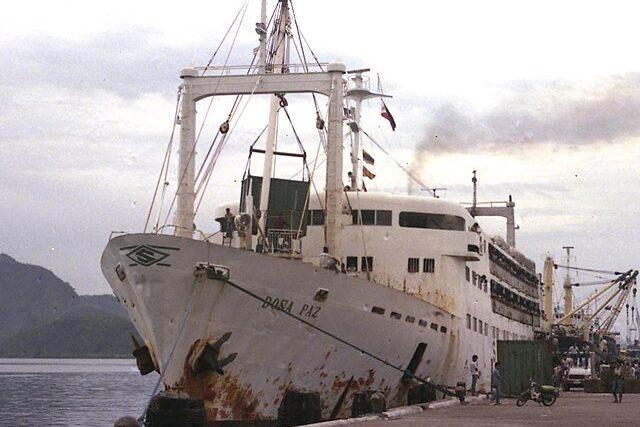
The Philippine passenger ferry MV Doña Paz collided with an oil tanker MT Vector in 1987, resulting in a fire that claimed over 4,300 lives. It remains the deadliest peacetime maritime disaster. Source: maritimecyprus.com
5. The Empress of Ireland

In 1914, the RMS Empress of Ireland onboard with 1,477 sank in the Saint Lawrence River en route to Liverpool after colliding with another ship in dense fog. The disaster claimed 1,012 lives, making it one of Canada’s worst maritime tragedies. Source: en.wikipedia.org
6. The Sultana
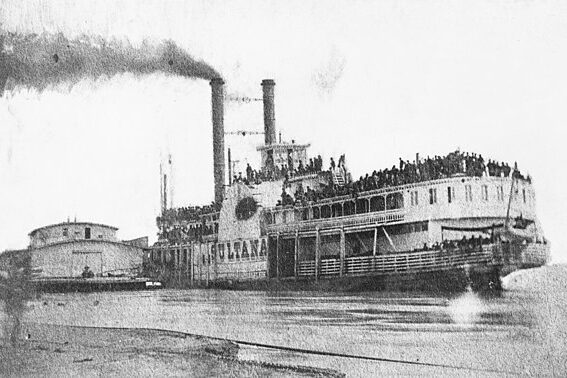
The SS was a Mississippi River side-wheel steamboat. On April 27, 1865, the boat exploded, resultng in the greatest maritime disaster in U.S. history. An estimated 1,800 of her 2,427 passengers died when three of the boat’s four boilers exploded, burned to the waterline, and sank near Memphis, Tennessee.
7. The Le Joola
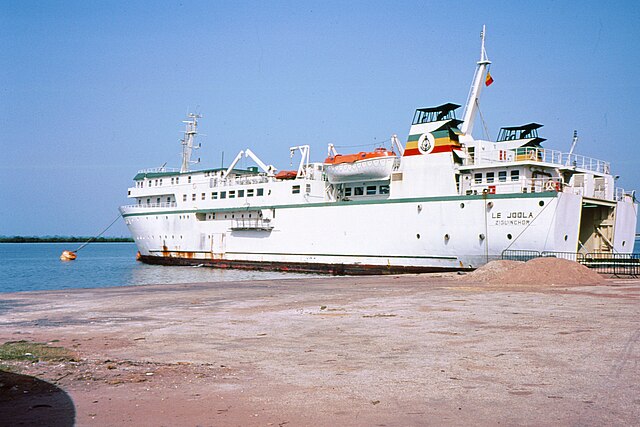
Le Joola capsized off the coast of The Gambia, resulting in the deaths of approximately 1,863 people. The disaster was largely attributed to the ship being overloaded, with more than four times its capacity, and lacking proper safety measures, according to TRT Afrika. The tragedy is considered the second-worst non-military maritime disaster in history.
8. The Estonia
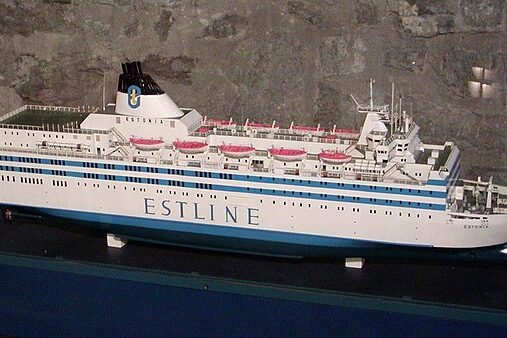
The MS Estonia ferry sank in the Baltic Sea in 1994, resulting in the deaths of 852 people, primarily due to design flaws and inadequate safety protocols, according to a joint investigation by Estonia, Finland, and Sweden. The ship capsized after its bow doors failed during a storm, leading to the flooding of the car deck.
9. The General Slocum
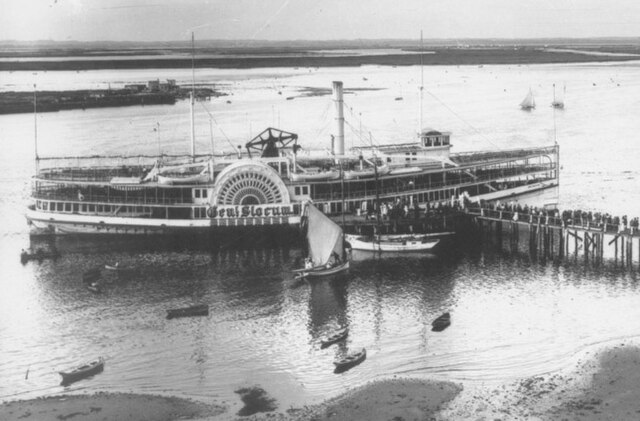
The PS General Slocum disaster, a devastating maritime incident that occurred on June 15, 1904, involved the steamboat PS General Slocum catching fire while carrying a charter of mostly German-American church members on a picnic trip in the East River of New York City. The fire resulted in the deaths of over 1,000 people, many of them women and children, and prompted significant improvements in maritime safety regulations and practices. .
10. The Andrea Doria
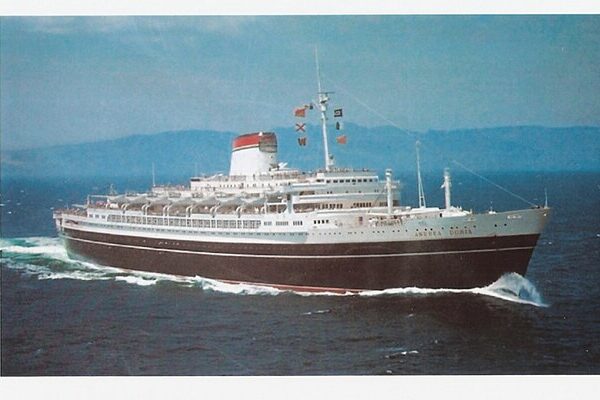
The Italian liner SS Andrea Doria collided with the MS Stockholm in 1956 near Nantucket, Massachusetts. Despite the loss of 46 lives, the disaster is noted for the successful rescue of over 1,600 passengers and crew, standing out as a notable feature of the disaster.
11. The Eastland
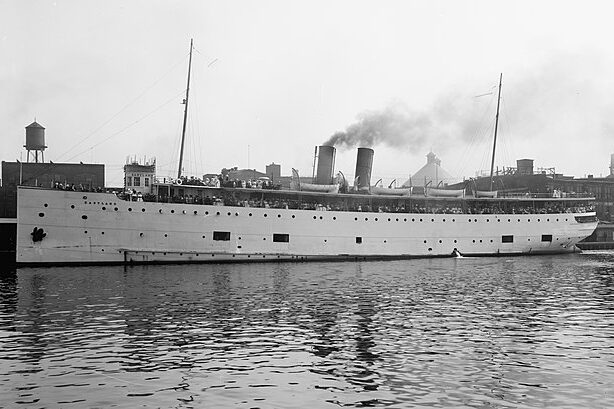
The S.S. Eastland tragedy, which occurred on July 24, 1915, in Chicago, involved the capsizing of the ship while it was docked in the Chicago River; a disaster resulting in the deaths of 844 people. The Eastland Disaster Historical Society reported that the ship was carrying more than 2,500 passengers and crew members, and was part of a fleet of excursion boats taking Western Electric employees and their families to a picnic. The tragedy highlighted the dangers of ship stability and led to changes in maritime regulations.
12. The Taiping
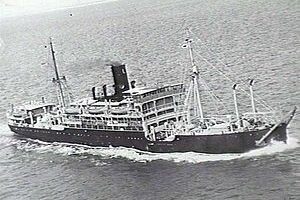
In 1949, the Chinese steamer Taiping carrying more than 1000 refugees fleeing the Communist forces in China, collided with Cargo Ship Chienyuan while carrying refugees fleeing the Chinese Civil War. The collision and subsequent sinking resulted in the deaths of over 1,500 people, marking one of China’s worst maritime disasters. Only around 50 people survived the tragedy, some rescued by Australian naval vessels and fishermen.
13. The Arctic
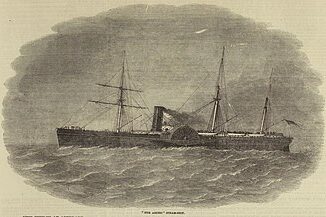
The SS Arctic sank in 1854 after a collision in foggy conditions. The disaster resulted in the loss of over 300 lives, primarily women and children, and exposed the lack of lifeboats and emergency preparedness on luxury liners.
14. The SS Ourang Medan
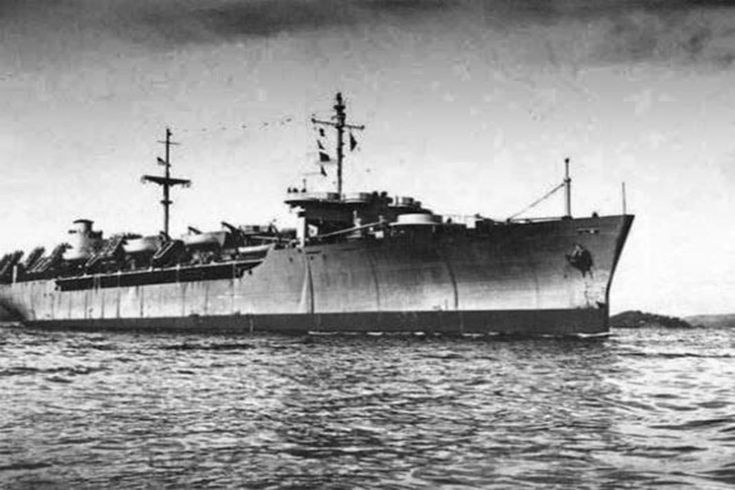
In the late 1940s, the SS Ourang Medan, a Dutch freighter, reportedly sent a chilling SOS from the Strait of Malacca: “S.O.S. from Ourang Medan… We float. All officers including the captain, dead in chartroom and on the bridge. Probably whole of crew dead… This was followed by the ominous message, “I die.” When rescuers boarded the vessel, they found the entire crew dead, faces frozen in terror, with no visible injuries. Before the ship could be towed, it exploded and sank, leaving no trace. Theories about the incident range from carbon monoxide poisoning to the ship carrying hazardous chemicals that released toxic gases. However, the absence of the Ourang Medan from shipping registries and lack of physical evidence have led many to consider the story a maritime legend.
These tragic voyages serve as solemn reminders of the sea’s unpredictability and the importance of maritime safety. If you’re interested in learning more about maritime stories, check our page, we have lots of them.


